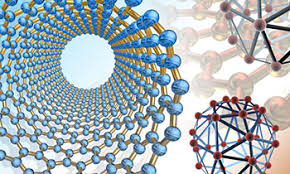Mechanical and Materials Engineering, Department of

Department of Mechanical and Materials Engineering: Faculty Publications
Document Type
Article
Date of this Version
2019
Citation
PLoS ONE 14(5): e0215975.
Abstract
It remains unclear how the visual system is able to extract affective content from complex scenes even with extremely brief (< 100 millisecond) exposures. One possibility, suggested by findings in machine vision, is that low-level features such as unlocalized, two-dimensional (2-D) Fourier spectra can be diagnostic of scene content. To determine whether Fourier image amplitude carries any information about the affective quality of scenes, we first validated the existence of image category differences through a support vector machine (SVM) model that was able to discriminate our intact aversive and neutral images with ~ 70% accuracy using amplitude-only features as inputs. This model allowed us to confirm that scenes belonging to different affective categories could be mathematically distinguished on the basis of amplitude spectra alone. The next question is whether these same features are also exploited by the human visual system. Subsequently, we tested observers’ rapid classification of affective and neutral naturalistic scenes, presented briefly (~33.3 ms) and backward masked with synthetic textures. We tested categorization accuracy across three distinct experimental conditions, using: (i) original images, (ii) images having their amplitude spectra swapped within a single affective image category (e.g., an aversive image whose amplitude spectrum has been swapped with another aversive image) or (iii) images having their amplitude spectra swapped between affective categories (e.g., an aversive image containing the amplitude spectrum of a neutral image). Despite its discriminative potential, the human visual system does not seem to use Fourier amplitude differences as the chief strategy for affectively categorizing scenes at a glance. The contribution of image amplitude to affective categorization is largely dependent on interactions with the phase spectrum, although it is impossible to completely rule out a residual role for unlocalized 2-D amplitude measures.
Included in
Mechanics of Materials Commons, Nanoscience and Nanotechnology Commons, Other Engineering Science and Materials Commons, Other Mechanical Engineering Commons


Comments
© 2019 Rhodes et al.
Open access
https://doi.org/10.1371/journal.pone.0215975